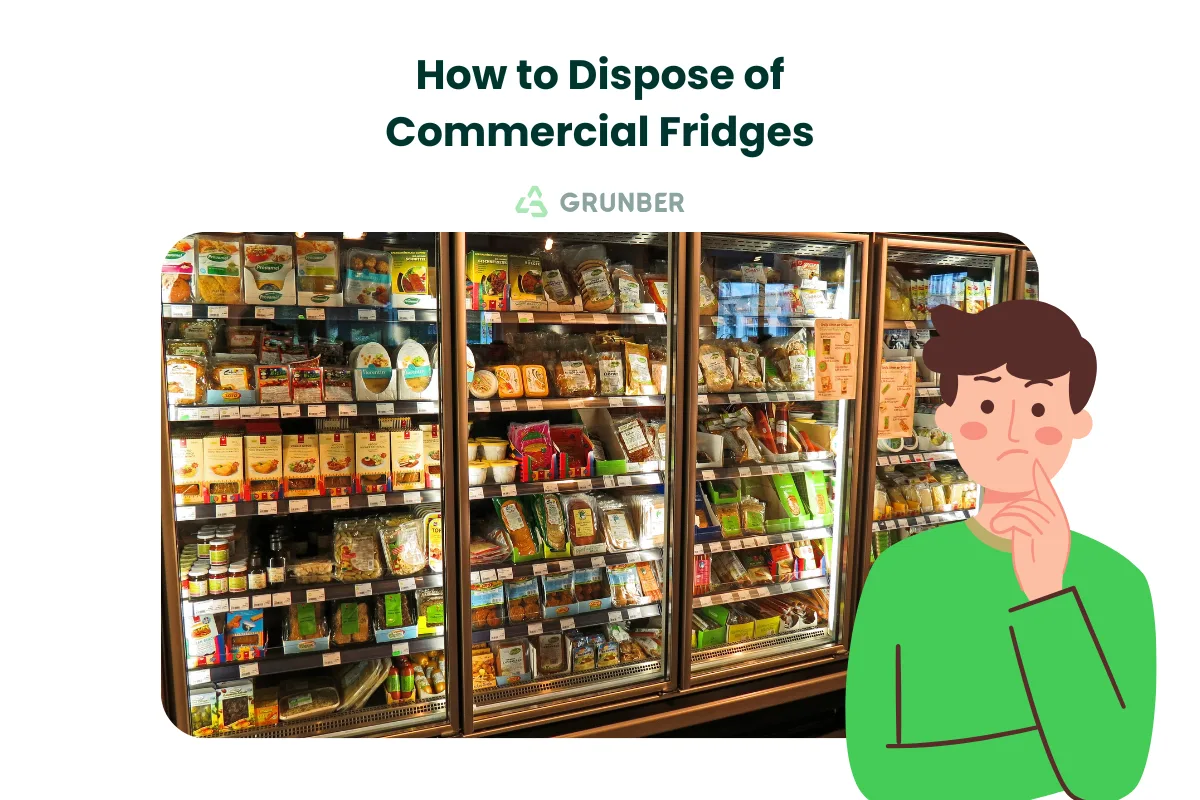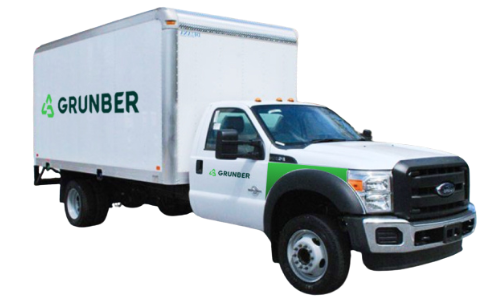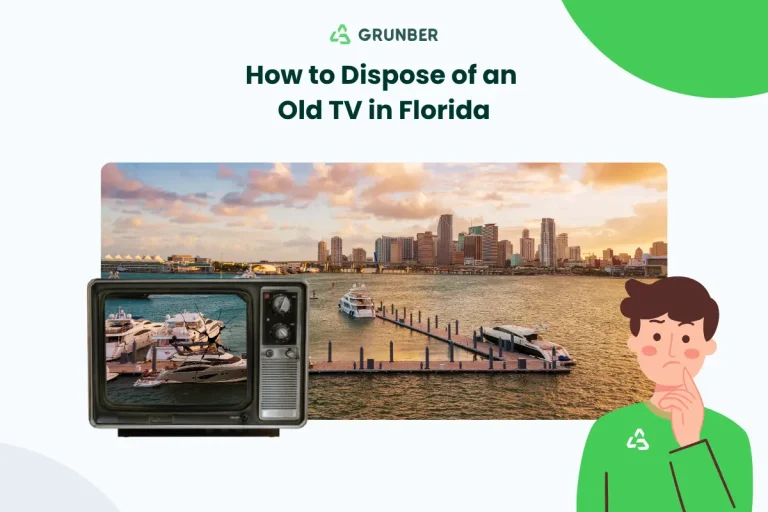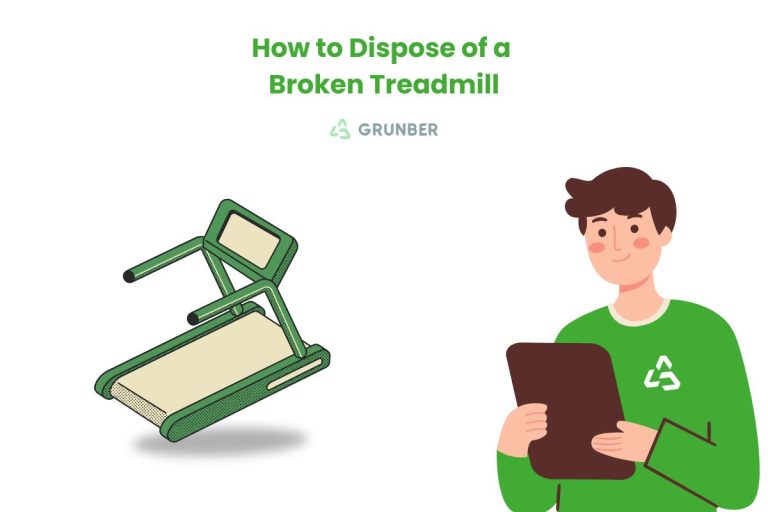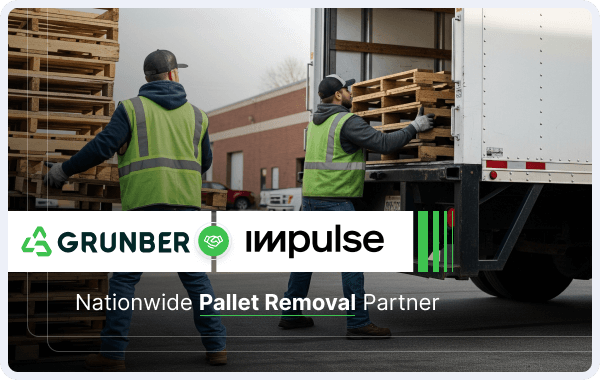Commercial fridges rarely die quietly. One minute they’re safeguarding inventory; the next, they’re an eight‑hundred‑pound obstacle sitting in your prep area and dripping compressor oil. Because refrigeration units contain regulated refrigerants, oils, and large volumes of recyclable metal, disposal is more than “call a guy with a truck.”
Below is a practical, regulation‑forward approach any U.S. foodservice, hospitality, or retail operator can follow.
Know the Legal Obligations Up Front
EPA Section 608 (Clean Air Act)
Refrigerants such as R‑22 and R‑404A must be recovered (not vented) by a certified technician. Records must be archived for three years.
Resource Conservation & Recovery Act (RCRA)
Capacitors containing PCBs or oil must be treated as hazardous waste if not drained.
Local “White‑Goods” Ordinances
Many states add rules about door removal, appliance tagging, and landfill bans. Always review county solid‑waste guidelines, especially if you operate across state lines.
Commercial Fridge Disposal Workflow for Facility Managers
| Phase | Action Items | Who Typically Handles |
|---|---|---|
| Disconnect & Defrost | Power down ≥ 24 h, empty contents, mop residual water. | In‑house maintenance |
| Certified Refrigerant Recovery | Capture and document refrigerant. | Licensed HVAC tech or certified hauler |
| Component Separation | Remove doors, shelves, and loose hardware to reduce weight and meet local door‑latch safety laws. | Hauler or maintenance |
| Hazard Audit | Tag any PCB capacitors, mercury switches, or oil‑filled compressors for special handling. | Hauler / environmental contractor |
| Transport & Final Processing | Deliver to an appliance recycler, scrap‑metal shredder, or refurbishment partner; secure a manifest. | Licensed hauler (e.g., Grunber network) |
What to Do With an Old Fridge That’s Damaged or Unwanted?
When the cabinet is rusted through, the compressor is cooked, or a hinge pin has vanished, even an appliance recycler may decline it. Below are three compliant exit routes—choose the one that preserves the most value while staying on the right side of EPA rules.
Refurbish / Resell
A dented reach‑in can still earn real money if the cooling circuit is intact, the liner isn’t cracked, and the data plate shows it’s less than ten years old. A licensed tech can swap gaskets, sanitize coils, and recharge R‑290 or R‑600a, restoring food‑safe specs. List the unit on an equipment marketplace or consign it through your dealer; the buyer gets an Energy Star workhorse, and you offset part of your replacement budget.
Donate to a Non‑Profit
Does the fridge still hold temp but no longer fits your menu or layout? A community kitchen or food bank may jump at the chance. Confirm that the organization can handle routine maintenance and that local codes allow the existing refrigerant. Hand over the tech’s recovery log and user manual so their team isn’t guessing at thermostat offsets six months later.
Recycle With a Licensed Hauler (Grunber)
If the compressor is toast, the doors are delaminating, or the refrigerant is obsolete, recycling through a licensed hauler is the cleanest exit. Grunber’s coast‑to‑coast driver network collects the unit the same day (where slots are open), partners with certified recovery techs to remove refrigerant onsite, and then transports the shell to an approved dismantler for metals recycling.


